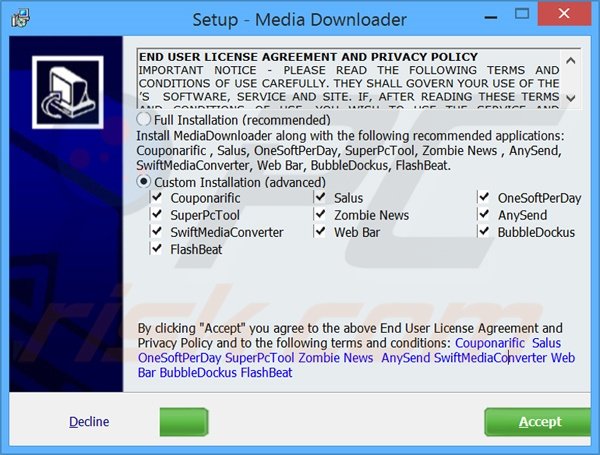

Conversion Process Let’s check it step-by-step. Its aim is different grouping values into one compound value, a better tool to create a model at a place. Use Tuples Besides Optionals, Apple has a new development language define as Tuples. If the conditional statement is not nil.If a conditional statement obtains a value when it exists.When you use two methods, including Optional Chaining and Forced Wrapping, you receive wrapped value from the elective container in two conditions: Get Wrapped Value You can substitute the Optional with String in the Swift because you can get syntactic sugar for starting types optional. If you want to avoid it, you must perform nil checks as per need. Accomplish Nil Check You get a zero value in return wherever a message is sent to a nil object in Objective-C programming. Thus, when you import the (.h) file into the bridging header, it becomes visible to Swift.

Creating a Bridging Header Once you add an Objective-C file into Swift target or vice versa, you will have chances to develop a bridging header file. Since (.m) file imports (.h) file whenever the need arises, refer to a class and eliminate the creation of header file.
C TO SWIFT CONVERTER CODE
Therefore, you will end up with two different types of files in-app code document, (.h) type and (.m) type. Remember that, unlike Objective-C, Swift doesn’t have subclasses. Therefore, it is advisable to covert one class at a time. Attend One Class at a Time The program paradigms of both iOS languages are different and can create issues if we are going to use tools to convert code line-by-line. Tips While Using Objective-C to Swift Converter Before giving you a step-by-step guide to convert the code, I would like to give you following tips.
C TO SWIFT CONVERTER FULL
To convert a full Objective-C app to Swift, use Swiftify. To use converter in X-code Edit -> Convert -> To Modern Objective-C SyntaxOrĮdit -> Refactor -> Change To Modern Objective-C Syntax It means iOS developers have to go manually for alterations and improve the quality of resulting Swift code. It will never represent the semantics of the code. We should keep one thing in mind that converter helps us only in detection and implementation of mechanics of potential changes. Objective-C to Swift ConverterĪpple offers modern Objective-C converter in X-code, which helps developers to do following important things during conversion. Hence, developers prefer to use converting tools in the X-code or third-party service providers and manage things tactfully. However, some apps are of a big scale, and writing from scratch in Swift proves costly affairs. Thus, seasoned iOS developers avoid converting Objective-C code into Swift code and write an app in the Swift code from scratch. Therefore, Apple has avoided upgrading Objective-C and created Swift from scratch. Swift comes with myriads of advantages over Objective-C and entirely befitting for current needs. After seven years, in 2014, again iOS platform has declared Swift as a next-generation programming language in addition to Objective-C. has released the first iPhone SDK in 2007 and invited third-party developers to create iPhone apps, it has declared Objective-C as the official iOS programming language supporting X-code as a development tool & IDE.
C TO SWIFT CONVERTER HOW TO
Many iOS developers wonder how to convert apps from Objective-C code to Swift, so this post gives you valuable tips and easy steps to go ahead in the conversion process. IOS Many existing iOS applications need to change Swift code thanks to the myriads of benefits Swift brings with it.


 0 kommentar(er)
0 kommentar(er)
